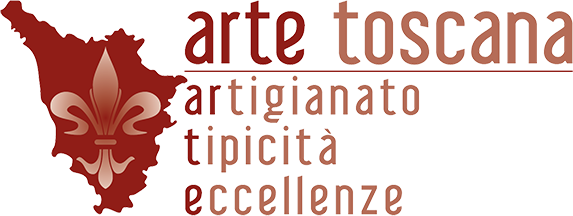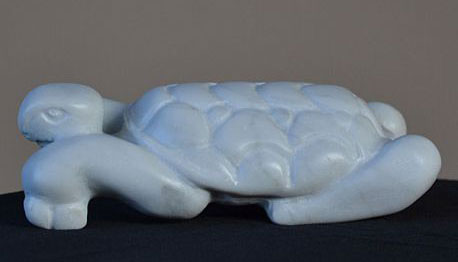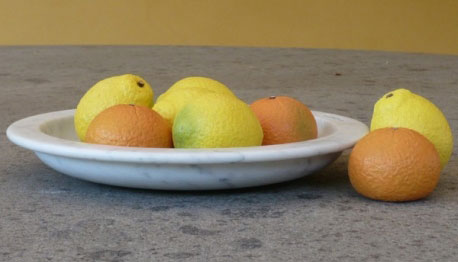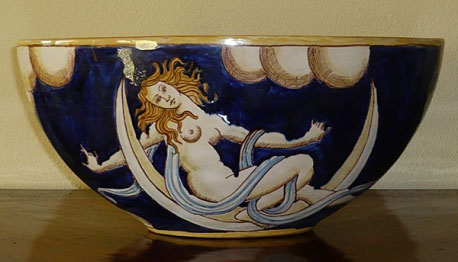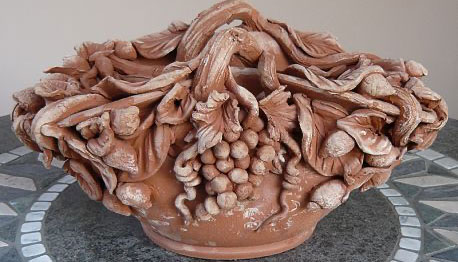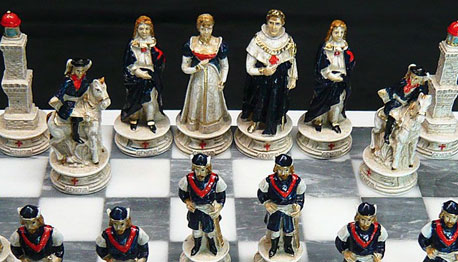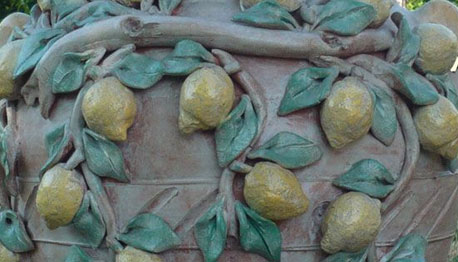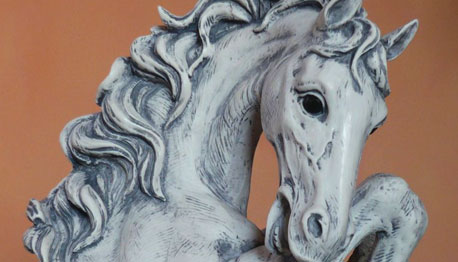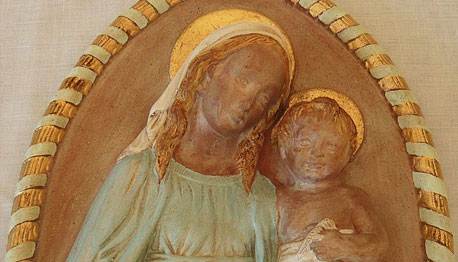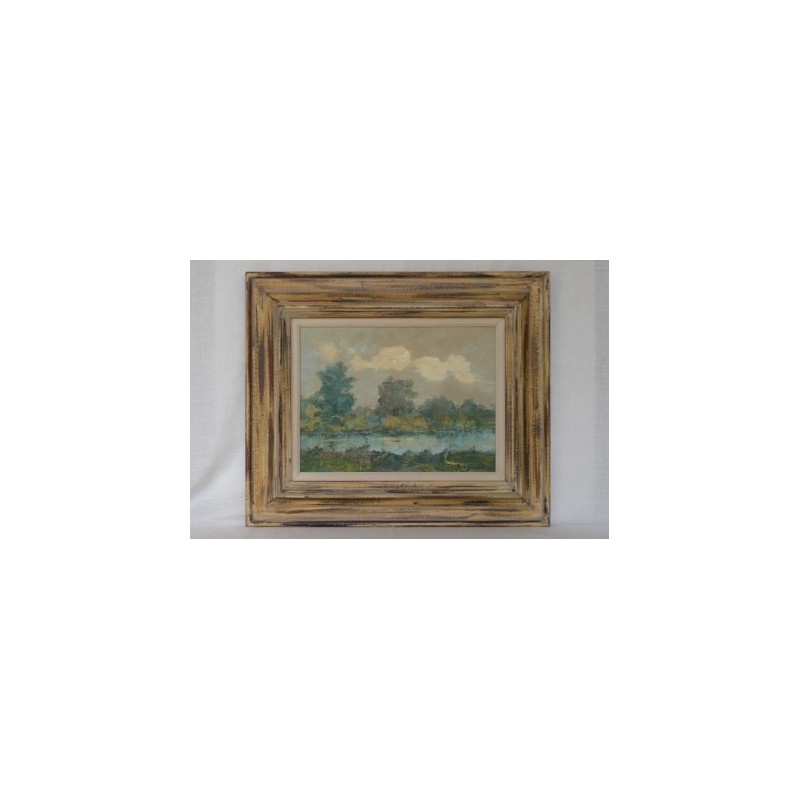Master channel in the Gulf in Ponte Buggianese
Reference: 181
Stefano Giannantonio - Oil on wood
Board: cm. 30x40
Marsh grass, channels and the typical Padule little boats
Frames are old-style made by the Author with colour nuances that change in order to make the brightness of canvas stand out even more.
 Security policies
Security policies
Transactions on PayPal secure server
 Terms and Conditions
Terms and Conditions
Read our term and conditions
Stefano Giannantonio lives and works in Valdinievole and finds in landscapes his first source of inspiration. Every canvas of his is a careful visitation and a tribute to nature and to his territory: that part of Tuscany where he lives and that he well knows. Here's the representation of that “Padule” or those “marine” at the mouth of Arno that can convey the beauty of nature but also allow to hide in a world far in time but alive in memory.
The “Padule” of Fucecchio: it's the largest humid area inside Italy; 1800 hectares divided between the provinces of Pistoia and Firenze. It's an area of a great naturalistic interest, now Natural Reserve.
The Padule has a key role in migration routes between the Tirrenic coast and the inland, with 200 species of birds which can be watched, of which at least 80 nesting. Mostly important are the herons that in their reproduction period make up the most important nesting colony (garzaia) in central-southern Italy.
Many kinds of marsh grass are present: canes, wet lawns, characteristic tufts of “sarello”. The collection of some of these kinds of grass (locally called “sarello”, “sala”, “gaggia”) have represented for years a typical activity of this territory: the typical coating of chairs and fiascos were made from their weaving.
Man work during centuries has obviously modified the structure of the humid area. Channels, harbous systems, remains of ancient and important water routes are the evidence of this work.
The Padule with its resources (hunting, fishing, agriculture, draining) has always kept a strong link with the population of this area, creating in memory and imagination a rich heritage of traditions.
Data sheet
- Code
- SG103040
- Size
- cm. 50x60
